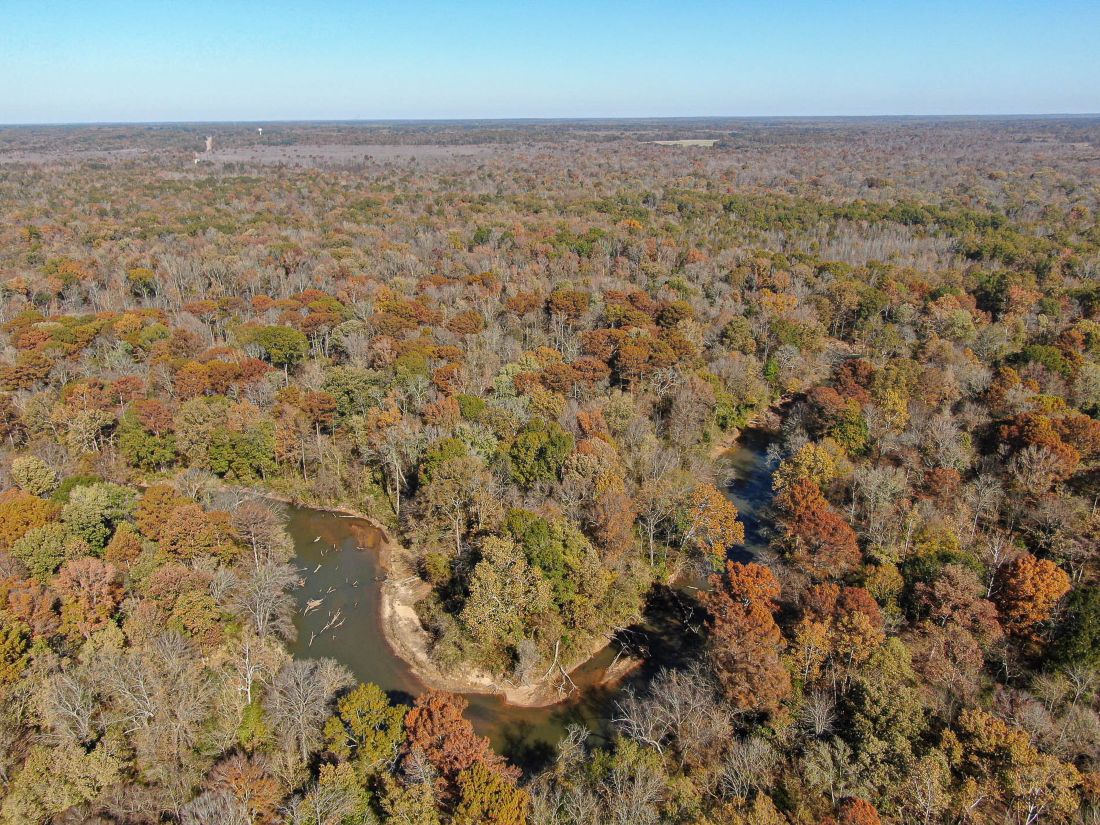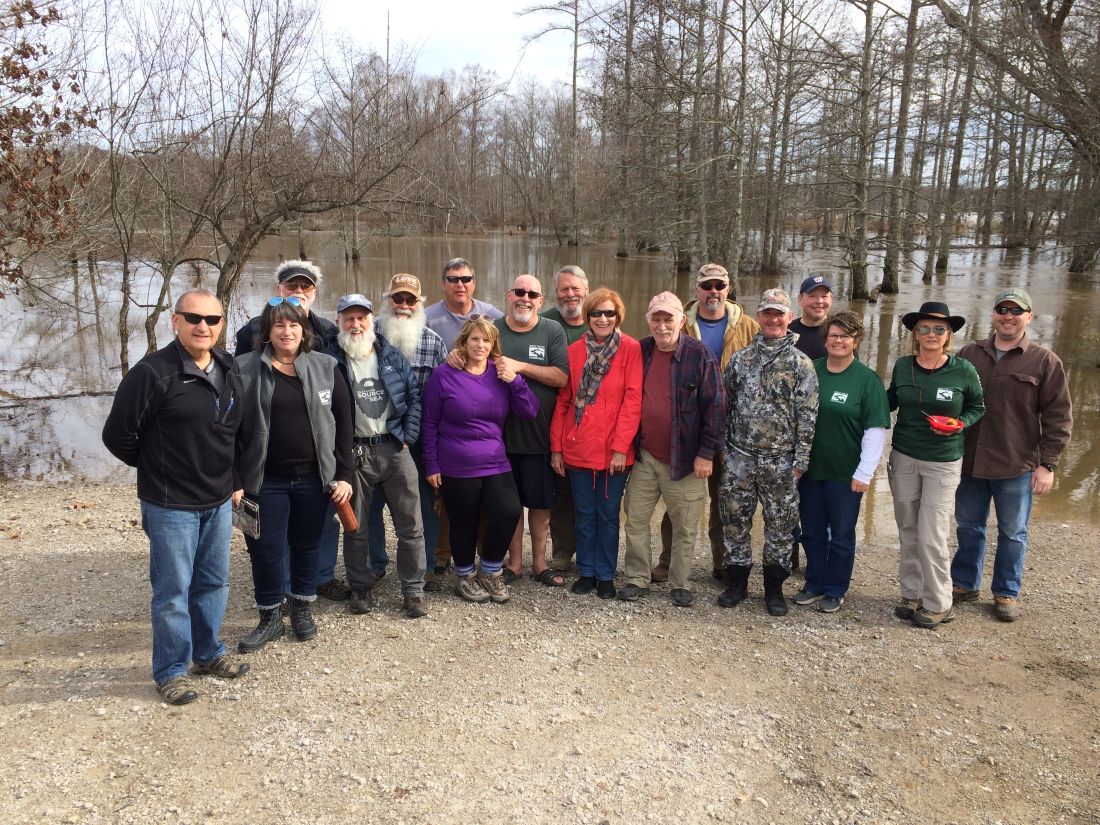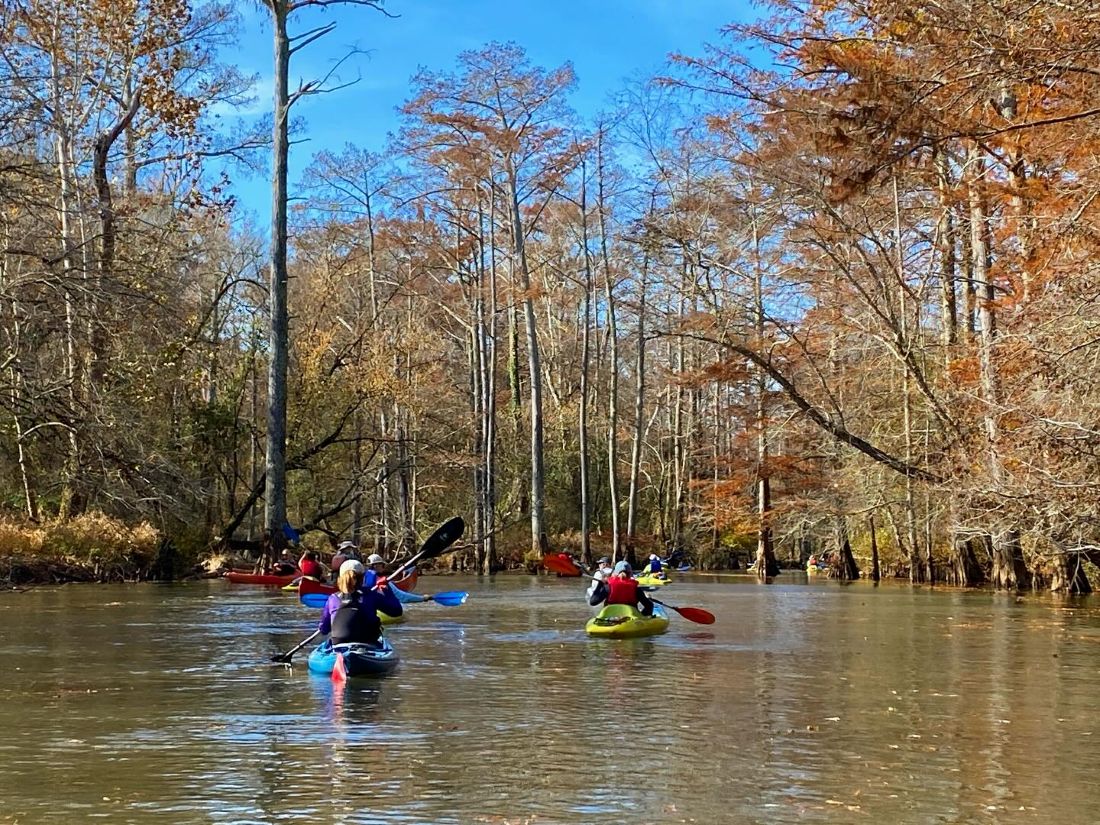Natural Highlights: Caddisflies


Among the most wonderful of the many small creatures collected by the participants in the latest Wolf River Stream Stroll on July 13th at Bateman Bridge were several caddisflies (Insect Order Trichoptera). On first observation, the caddisfly larvae we collected looked like nothing but bits of plant debris, perhaps fragments of twigs. After a few moments, however, a little head and several waving insect legs emerged from one end of each “twiglet” - which on closer inspection turned out to be a tube or case housing the soft-bodied larva within.
Caddisflies are close relatives of the moths and butterflies and share their ability to produce silk. Similarly, they use silk to create protective cases for their delicate larval bodies from plant parts and other materials found in a stream. There are a wide variety of caddisfly cases; some of them are pictured here. And though there are over 1,200 species of caddisflies in North America alone, many can be identified just by their cases because each species has its own unique construction. There are also free-living caddisflies without cases, caddisflies which spin nets for filtering tiny food items from flowing water, and other lifestyles, but the casemakers predominate.
Caddisflies spend most of their lives underwater in the larval form, eventually pupating and metamorphosing into terrestrial adults. Adult caddisflies are night-flying insects which look somewhat like their drab moth cousins, though they hold their wings differently and have very long thin antennae. They survive for only a few weeks, reaching the end of their lives after reproduction has occurred.
It is the lengthy larval stage for which caddisflies are best known. They are an important component of the stream ecosystem as prey for numerous predators including fish, as consumers themselves, and as decomposers as well. Some are predators of small invertebrates, others are filter-feeders, shredders, scrapers, or grazers of algae, detritus, live or dead plant matter. Caddisflies, along with stoneflies and mayflies, are generally very sensitive to both habitat disturbance and water pollution. Thus, their presence in a sample is often an indicator of good to excellent water quality and healthy habitat. On the other hand, they are among the first species to disappear when conditions deteriorate.
A recent study suggests that landscape-level habitat disturbance strongly influences the number of caddisfly species found in a stream, and that “river systems are ultimately reflections of the surrounding landscape.” (David C. Houghton, R. Edward DeWalt. Front. Ecol. Evol., Vol. 11, August 2023). The Wolf River Conservancy strives to protect not only the Wolf River and its flora and fauna, but the whole Wolf River watershed. Our efforts help to guarantee that remarkable creatures such as the caddisflies will be living their intricate lives into the future.
For more information on caddisflies, try these links:
https://lifeinfreshwater.net/caddisfly-larvae-trichoptera/
https://dep.wv.gov/WWE/getinvolved/sos/Documents/Benthic/UMW/Trichoptera.pdf
No matching results, press enter to execute your custom prompt limit to 160 characters Caddisflies, silk-using larvae, indicate healthy water. Study: habitat a













